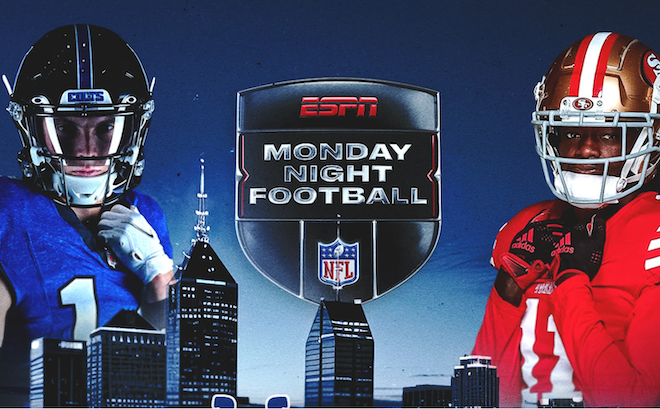Many retailers use online promotions to attract Web-savvy consumers into their stores, but how can they tell these campaigns are truly effective? According to Patti Freeman Evans, a retail analyst with Jupiter Research, most retailers don’t know.
“Very few [retailers] are actually communicating that information back to the store organization for the stores to be able to manipulate their merchandising strategies,” she says.
 |
| Orlando Museum of Art uses in-person redemption to measure ROI |
Rather, many retailers create online promotions that don’t give them any way to determine how many people purchased products in their stores as a direct result of the promotions. The result of such hit-or-miss promotion marketing is that retailers may be shelling out for e-mail or Web-based initiatives that are not generating in-store sales.
The solution, says Evans, is to create promotions that bring consumers into the store in such a way that there is no question that they were lured by the Internet. Some retailers are doing just that.
Marketers have long used e-mail to alert customers and potential customers to sales, but Jamieson Thomas, a museum store buyer and manager for the Orlando Museum of Art, has come up with a way to hand count the number of customers she gets through her e-campaigns. She e-mails them discount notices that require the museum patron to print the messages out in order to redeem them. Not only that, but she makes sure the Internet promotions are different from any other promotions she might have going on at the same time so she can tell immediately whether the online promotion is worth the effort.
Another benefit of coming up with promotions that require customers to physically come into the store is that it gives retailers a chance to promote items that may not sell well via the Internet.
“We’ve got a lot of new branded merchandise, note cards and posters and things like that and I’m trying to get people in to see all of that and so I really want to try to get them in the store,” Thomas says. By forcing customers to show their Internet coupon, Thomas gets them into the store where they will hopefully purchase more items.
Downloadable coupons on Web sites are variations to the e-mail coupon. Such large retailers as Borders Group, Staples and Kroger Co. make a point of regularly offering coupons that consumers can print out and bring into the stores. (A few retailers are even developing coupons downloaded from the Web to mobile phones. Cashiers simply scan the bar code image on the phone’s screen to apply the discount at checkout. See November PROMO for more.)
Some types of retailers can use their Web sites to launch promotions that help people get their shopping done.
“This works better for certain kinds of product categories,” says Jupiter Research’s Evans. For example, “a home improvement retailer could allow people to print out the list of tools and supplies needed for their home improvement project and walk into the store with that printout,” she adds. Not only does the promotion make customers’ buying experiences easier since they can merely hand the printout to a sales associate for assistance, but the printout is a surefire way for the retailer to know if the Web site is doing its job.
Office Depot has a similar program. Customers can order products online and then have those products ready and waiting for them at their local store. They get to cut out shopping time, while Office Depot gets an accurate count of how well the online promotion is working.
Another type of online promotion that makes customers’ lives easier and helps retailers track information is the questionnaire. These are most useful when the customer is getting something tangible by completing the online form.
 |
| HealthWorks members fill out a questionnaire to help match with a trainer |
For example, HealthWorks Fitness Centers for Women, based in Boston, MA, lets members and potential members fill out information on their fitness needs via the Web site in order to be matched with an appropriate trainer. People save time by being able to fill out this information at home, and HealthWorks gets to measure the effectiveness of the Web site. Of the organization’s 22,000 members, approximately 25% of them used the online questionnaire to have a trainer selected for them, says Maria Shea, the regional director of fitness and wellness. Such a high response rate proves that the site and any other promotions launched through it are doing their job in terms of marketing the company’s message to its customers.
As the Internet continues to evolve, so too must the promotions that make use of it. It is no longer enough for a retailer to say that it has an Internet strategy. Rather companies must be creative in order to ensure that they can measure the results of such promotions in order to justify that they are worth the cost and effort.



